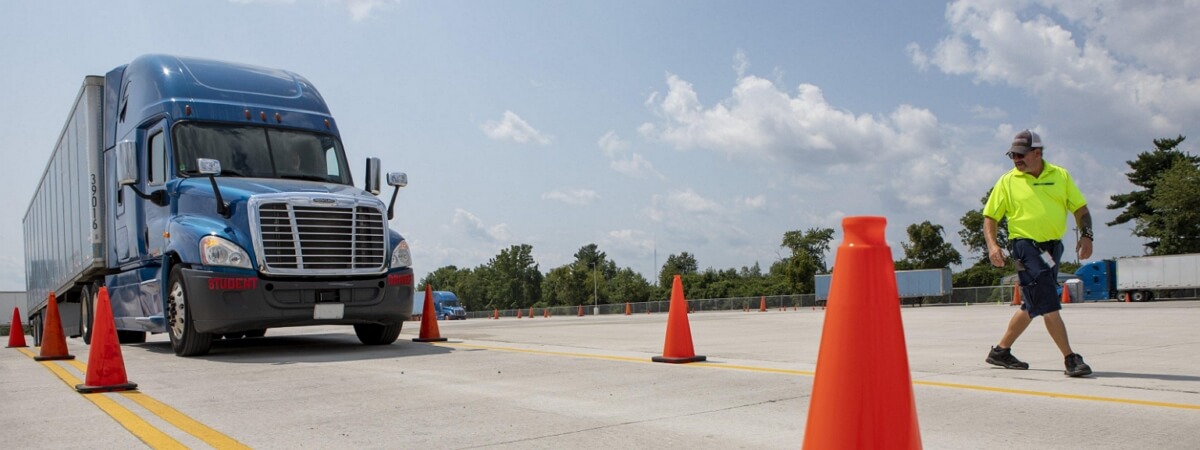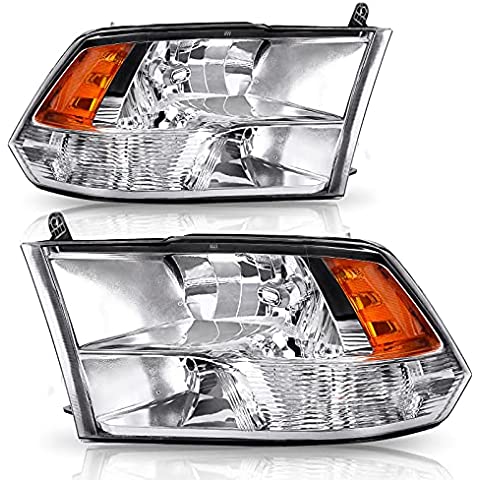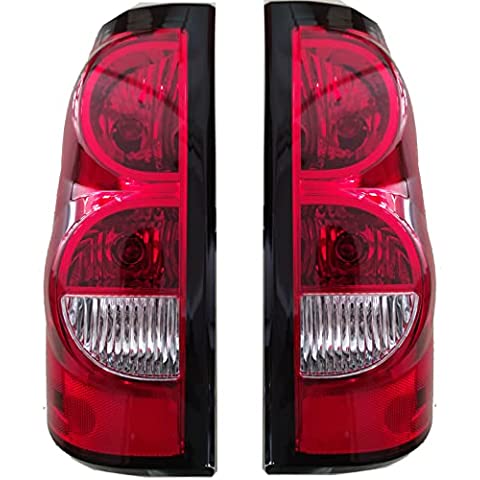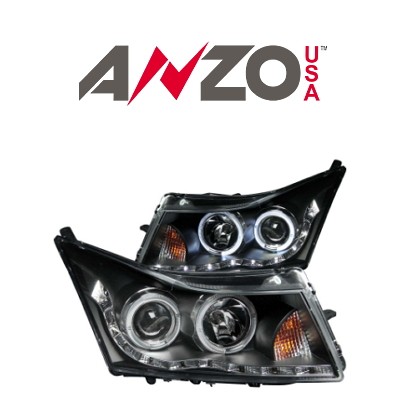How to Choose a Truck Driving School in California?
Choosing a truck driving school in California involves several important considerations to ensure that you receive the best education and training for your career in truck driving. Here’s a structured guide to help you make an informed decision.
Understanding Your Goals and Requirements
Before choosing a truck driving school, it’s essential to clarify your career objectives. Are you interested in local, regional, or long-haul trucking? Each path may require different levels of commitment and training. Understanding the type of commercial driver’s license (CDL) you need is also critical. If you are not sure what these class types are about, it is always a good idea to talk to someone from a truck driving school. Contact Go4cdl, or any other well-known trucking school to find out details.

In short, Class A licenses are for driving tractor trailers, Class B for straight trucks, and Class C for smaller vehicles carrying hazardous materials. Consider your personal life and how much time you can dedicate to training. Full-time programs may be quicker but more intensive, while part-time programs offer flexibility but take longer to complete. Assessing these factors will help you narrow down schools that fit your specific needs.
- Career Objectives: Determine whether you aim for short-haul or long-haul trucking.
- License Types: Understand the difference between Class A, B, and C licenses, and decide which you need.
- Personal Commitments: Consider your availability for training, keeping in mind your personal and professional commitments.
Research and Shortlisting Schools
Start by identifying schools accredited by reputable organizations like the Professional Truck Driver Institute (PTDI). Accreditation ensures the school meets certain educational and ethical standards. Examine the curriculum carefully; a good program should offer a balance of classroom learning and hands-on driving experience, covering topics like road safety, log keeping, and vehicle maintenance. Location is another important consideration. Choose a school that is easily accessible to reduce commuting stress. Also, check if the school has facilities like driving ranges and modern simulators, which are indicators of a commitment to providing quality training.
- Accreditation: Look for schools accredited by the Professional Truck Driver Institute (PTDI) or other recognized bodies.
- Curriculum: Ensure the curriculum covers both practical driving skills and theoretical knowledge, including safety regulations, logkeeping, and vehicle maintenance.
- Location: Consider schools that are conveniently located and have good training facilities.
Evaluating Training Quality
The quality of training you receive is largely dependent on the instructors. Look for schools with experienced, well-qualified trainers who have a good track record in the industry. The training equipment is equally important. The school should have a fleet of modern trucks, representing what you’ll encounter in the real world. Also, consider the class size; smaller classes mean more one-on-one instruction and better opportunities to master driving skills. Don’t hesitate to ask about the school’s pass rate for CDL exams, as this is a good indicator of the quality of training.
- Instructor Credentials: Check the qualifications and experience of the instructors.
- Training Equipment: Ensure the school has modern and well-maintained trucks for training.
- Class Size: Smaller class sizes often mean more personalized attention and better learning experiences.
Understanding Costs and Financial Aid
Truck driving school can be a significant investment. Compare tuition fees among various schools, and understand what these fees cover. Some schools might include costs for materials, exams, and additional training in their fees, while others may not. Investigate financial aid options like scholarships, grants, or loans. Some schools may even offer payment plans to ease the financial burden. Be aware of hidden costs such as fees for additional driving hours or for retaking tests, as these can add up.
- Tuition Fees: Compare the costs of different schools and understand what is included in the fee (e.g., books, exams).
- Financial Aid: Investigate if the school offers financial aid, scholarships, or payment plans.
- Hidden Costs: Be aware of any additional costs, such as for extra driving hours or retaking tests.

Job Placement Assistance
One of the most important aspects of a truck driving school is its ability to help graduates find employment. Investigate the school’s job placement rate and the types of companies they have relationships with. A school with a high job placement rate and strong industry connections can significantly ease the transition from student to employed driver. Additionally, check if the school offers career services like resume assistance and interview preparation, which are invaluable in securing a good position.
Checking Reviews and Testimonials
- Alumni Feedback: Speak to former students to get insights into their experiences.
- Online Reviews: Read online reviews and ratings on independent websites.
To get an honest assessment of a school, look at reviews and testimonials from former students. They can provide insights into the quality of training, the effectiveness of instructors, and the overall experience. Online reviews on independent websites can also offer unbiased opinions. However, remember to take overly negative or positive reviews with a grain of salt and look for consistent patterns in feedback.
Legal Compliance and Safety Standards
Ensuring the school complies with all California state regulations and safety standards is crucial. Check if the school is properly licensed to operate a truck driving program and if their training meets state guidelines. Additionally, understand the school’s policies on insurance and liability, especially regarding accidents during training. A school that prioritizes safety and compliance is more likely to provide a responsible and secure learning environment.
- Regulatory Compliance: Ensure the school adheres to all California state regulations and safety standards.
- Insurance and Liability: Check the school’s insurance policies and understand your liability as a student driver.
Making the Final Decision
After thorough research, compare the pros and cons of each school. Consider factors like cost, location, quality of training, and job placement rates. Trust your instincts about which school feels right for you, as personal comfort and confidence in your choice are important. Remember, the decision should align with your career goals and personal circumstances.
- Comparative Analysis: Weigh the pros and cons of each school based on your research.
- Gut Feeling: Trust your instincts about which school feels like the right fit for you.
Post-Enrollment Preparations
Once you’ve enrolled in a truck driving school, start preparing for the journey ahead. Ensure all necessary documentation, such as your driver’s license and medical certificates, are in order. Physically and mentally preparing for rigorous training is also important. This might include adjusting your schedule, setting up a study routine, and getting in the right mindset for learning and professional development. Being well-prepared will help you make the most out of your truck driving school experience.
- Documentation: Ensure all your documents, like a driver’s license and medical certificates, are in order.
- Mental and Physical Preparation: Prepare yourself mentally and physically for the rigorous training ahead.
Remember, the choice of a truck driving school is a crucial step in your career path. Take your time to research thoroughly and choose a school that aligns with your career goals and personal circumstances.










